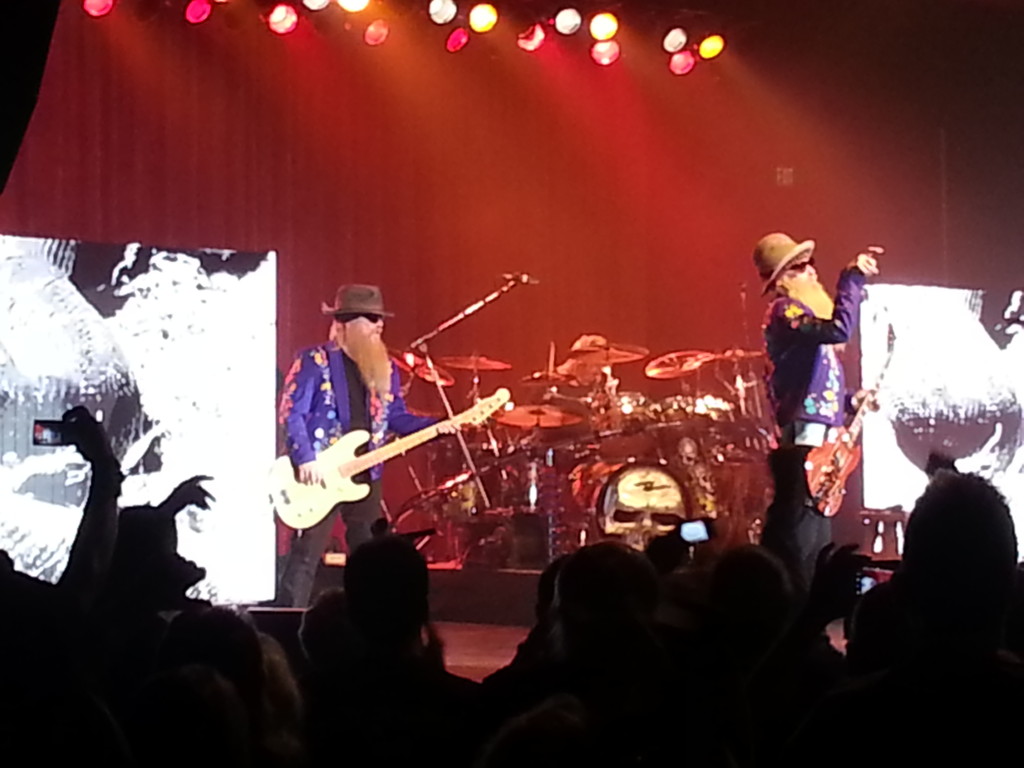Article 2 in a series on The Senses
Video: A pure celebration of joy compliments of funk band Scary Pockets, led by Ryan Lerman and Jack Conte. This version of “I Say A Little Prayer” features a fantastic fey performance by Kenton Chen.
I cannot imagine a life without music and the ability to hear it.
Listening to Aretha Franklin’s ‘I Say a Little Prayer’ (written by Burt Bacharach and Hal David for Dionne Warwick, 1966) always creates more than a little frisson in my love for life. It is difficult for me to think of a song more perfectly crafted – and then delivered, by one of the stellar voices in the history of humankind (despite the song being a bigger hit for Warwick.)
“While combing my hair, now,And wondering what dress to wear, now”
What’s more it was written for the war of my generation: lyricist Hal David wrote it about a “woman’s concern for her man who’s serving in the Vietnam War”, portraying how someone you love can be an intense part of the fabric of your everyday routine with thoughts bought forth by even the smallest things we do. One of the great hooks of the song is that “you are always made to feel as if you’re either about to be loved or about to be left.” (“Burt Bacharach Song by Song” by Serene Dominic)
“I run for the bus, dear,While riding I think of us, dear.”
In February 1987, ‘New Musical Express’, a UK music weekly, published its critics’ top 150 singles of all time, with Franklin’s “I Say a Little Prayer” ranked at No. 1, but the song slipped and did not appear in their in-house critics’ top 100 singles poll in November 2002. Still, for many of us it remains
“Forever, and ever, / (You’ll stay in my heart and I will love you)”
The song became Franklin’s (March 25, 1942 – August 16, 2018) ninth and last consecutive Top 10 Atlantic label hit on the Hot 100 chart. Her version – may I say, THE version of this tune, makes a listener truly believe she is solo dancing around the house singing to her beloved, though we outsiders can be privy to her intense emotions of care, love and longing.
“My darling, believe me / For me there is no one but you / Please love me too”
‘I Say a Little Prayer’ moves from reverie to rousing joy and possesses elements of soul, gospel call & response, rock, jazz, balladry, you name it – but it’s sections of driving beat lends itself to multiple interpretations, even electronica and, dare I write it – The Ray Coniff Singers, whose version also sets a frisson in motion in me but of fear – lordy, lordy don’t subject me to listening to their whole rendition (perhaps rendition of another kind would bring the same feelings.) There is even a not-bad version with an accordion by Mary Black.
Burt Bachrach has said, “It’s [Aretha’s] a better record than the record we made… It’s just more natural,…We were talking about our changes and time changes on the chorus of ‘forever and forever, you stay in my heart, and I will’ — you know, that’s going 4-4, 3-4, 4-4, 3-4. Then regard the way it was treated by Aretha, because Aretha just makes it seamless, the transition going from one change to another change. You never notice it.”
“Mmhmm. We did, yeah. And we did a great record, but she topped it,” Hal David added during a joint Bachrach-David interview in 2010 with Terry Gross on her Philadelphia Fresh Air Public Radio program. (For my money I think Terry is the best interviewer of all time, by the by, and am sorry I never said as much when I used to run into her in the City of Brotherly Love).
But it is the clear-as-a-bell soul quality of Aretha’s voice that sends me and I’ve been fortunate to see the song performed by Aretha as well as the jazz horn player Rahsaan Roland Kirk (August 7, 1935 – December 5, 1977).
“My darling, believe me / For me there is no one but you / Please love me too / Answer my prayer / Answer my prayer now babe / Say you love me too / Answer it right now babe / Answer my prayer”
Video: A pure celebration of joy compliments of funk band Scary Pockets, led by Ryan Lerman and Jack Conte. This version of “I Say A Little Prayer” features a fantastic fey performance by Kenton Chen.





